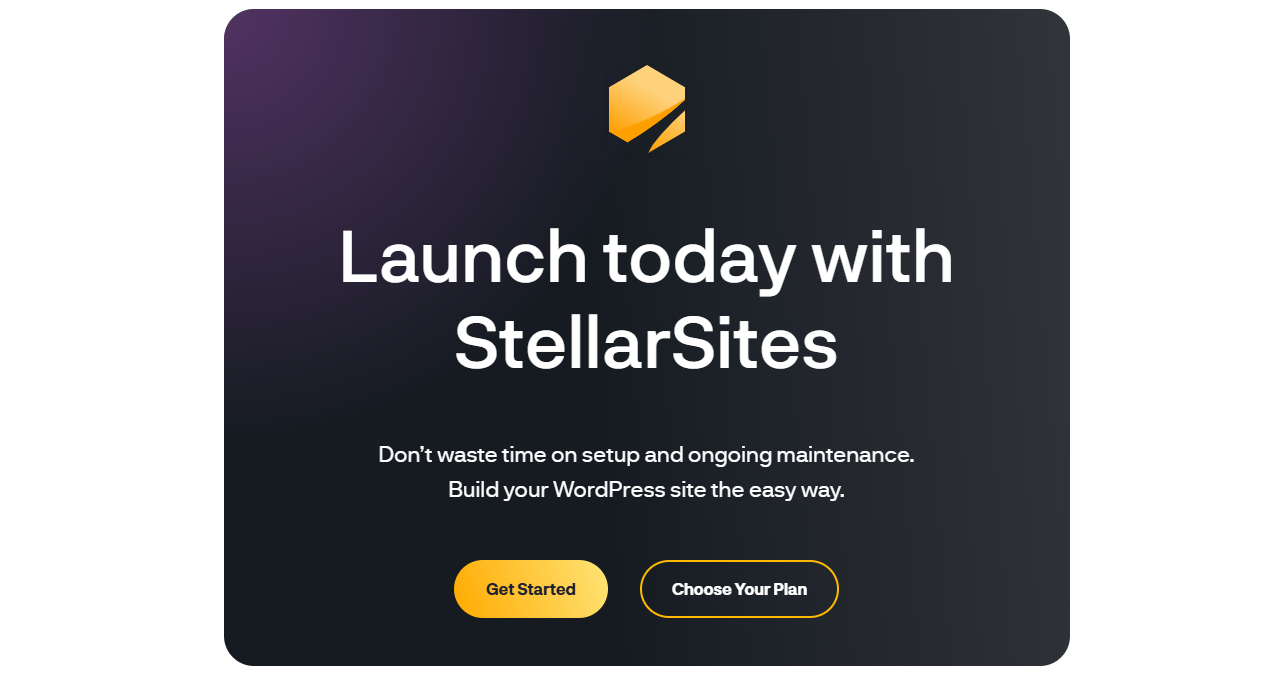Disclosure: We’re reader-supported. When you buy through links on our site, we may earn an affiliate commission at no extra cost to you. For more information, see our Disclosure page. Thanks.
Contents
- 1 What is Bandwidth Usage?
- 2 Bandwidth FAQs
- 2.1 1. What is bandwidth?
- 2.2 2. What’s the difference between bandwidth and speed?
- 2.3 3. What is download speed vs. upload speed?
- 2.4 4. What’s a good bandwidth or speed for home use?
- 2.5 5. Why is my internet slower than expected, even with high bandwidth?
- 2.6 6. What is bandwidth throttling?
- 2.7 7. Does higher bandwidth mean faster internet?
- 2.8 8. What is a bandwidth cap?
- 2.9 9. How can I increase my bandwidth?
- 2.10 10. What is the difference between bandwidth and latency?
What is Bandwidth Usage?
Bandwidth usage refers to the amount of data transmitted over a network during a specific period of time. It is often measured in bits per second (bps) or its multiples like kilobits per second (Kbps), megabits per second (Mbps), and gigabits per second (Gbps).
Bandwidth itself is the capacity of the network to transmit data. Think of it as a highway: the more lanes (bandwidth), the more data can flow simultaneously. Bandwidth usage is how much of that capacity is being utilized over a given period, typically for activities like browsing the web, downloading files, streaming videos, and gaming.
For example, if you have a 100 Mbps connection, your maximum bandwidth usage can be up to 100 Mbps, but actual usage can vary depending on what you’re doing.
Key Points:
- Upload vs. Download: Bandwidth usage can refer to both upload (sending data from your device) and download (receiving data to your device).
- Data Transfer: This is the actual flow of data between your device and the internet, which uses up bandwidth.
- Limits: Some internet plans impose data caps, limiting the amount of bandwidth you can use in a month.
Why is Bandwidth Usage Important?
- Network Performance: If you exceed your bandwidth capacity (like overloading your internet plan), your connection might slow down or become unstable.
- Data Caps: Some internet providers limit the amount of data you can use each month, and exceeding that limit may result in extra fees or reduced speeds.
- Optimizing Resources: Monitoring bandwidth usage helps avoid exceeding data caps and ensures efficient use of network resources.
How to Check Bandwidth Usage?
- Router/Modem Interface:
- Many routers provide a built-in tool to monitor bandwidth usage.
- You can log in to your router’s web interface (typically by entering the router’s IP address in your browser).
- Once logged in, look for “Traffic Meter” or “Bandwidth Usage” sections to view real-time or historical data usage.
- Internet Service Provider (ISP) Tools:
- ISPs often provide a dashboard or app where you can track your monthly data usage.
- Log in to your ISP’s website to find detailed reports of your data usage.
- Third-Party Software/Apps:
- Tools like NetWorx, GlassWire, or Wireshark can monitor your bandwidth usage on a device.
- These applications give insights into which apps or processes are consuming bandwidth and in what amount.
- Command Line Tools (Advanced):
- On Windows, you can use netstat or task manager for a quick view of network activity.
- On macOS or Linux, tools like iftop or nload can help track real-time bandwidth usage.
- Mobile Device Apps:
- On smartphones, both Android and iOS have built-in data usage monitors in settings.
- Android: Settings > Network & Internet > Data Usage.
- iOS: Settings > Cellular > Cellular Data Usage.
- On smartphones, both Android and iOS have built-in data usage monitors in settings.
- Network Monitoring Systems:
- In larger environments or businesses, network monitoring software like Nagios or SolarWinds can provide detailed insights on bandwidth usage across multiple devices or entire networks.
Tips to Manage Bandwidth Usage:
- Limit Background Apps: Prevent unnecessary apps or devices from using bandwidth.
- Use Data Compression: Some apps and browsers offer built-in features to reduce data usage, such as data-saving modes.
- Schedule Downloads: To avoid peak times, schedule large downloads or updates when you’re not using the internet.
By regularly monitoring and managing bandwidth usage, you can ensure a more efficient and cost-effective internet experience.
Bandwidth FAQs
1. What is bandwidth?
Bandwidth refers to the maximum rate of data transfer across a network or internet connection. It represents the amount of data that can be transmitted in a given period, typically measured in bits per second (bps).
2. What’s the difference between bandwidth and speed?
While people often use these terms interchangeably, they are not the same. Bandwidth is the capacity to transfer data, while speed refers to how quickly data is transferred. A higher bandwidth allows more data to be transferred, but the speed depends on the network’s current load, congestion, and other factors.
3. What is download speed vs. upload speed?
- Download speed refers to how quickly you can receive data from the internet (e.g., loading a webpage, streaming videos).
- Upload speed is how fast data can be sent from your device to the internet (e.g., sending emails or uploading files).
4. What’s a good bandwidth or speed for home use?
For standard browsing and video streaming, speeds between 25-100 Mbps are typically sufficient. However, if you have multiple devices connected or do a lot of high-bandwidth activities (gaming, streaming 4K video, etc.), you might need speeds of 200 Mbps or higher.
5. Why is my internet slower than expected, even with high bandwidth?
Slower-than-expected speeds can be caused by:
- Network congestion or overuse by multiple devices.
- Faulty or outdated routers.
- Issues with the service provider.
- Interference from walls or other obstacles (for Wi-Fi connections).
- Throttling or data caps imposed by your ISP.
6. What is bandwidth throttling?
Bandwidth throttling is when an internet service provider (ISP) deliberately slows down your internet connection. This could be due to network congestion, heavy data usage, or to manage the overall traffic on their network.
7. Does higher bandwidth mean faster internet?
Generally, yes, but it also depends on other factors like the quality of your network equipment, the ISP’s service quality, and external factors like network congestion.
8. What is a bandwidth cap?
A bandwidth cap is a limit set by an ISP on the amount of data you can use over a certain period (e.g., monthly). If you exceed this limit, you might face throttling or additional charges.
9. How can I increase my bandwidth?
- Upgrade your plan with your ISP for more capacity.
- Use a wired connection (Ethernet) instead of Wi-Fi for more stable and faster speeds.
- Optimize your Wi-Fi network (e.g., place your router in a central location, avoid interference).
- Upgrade your equipment (router, modem) to support higher speeds.
10. What is the difference between bandwidth and latency?
- Bandwidth refers to the data capacity of a connection (how much data can be sent).
- Latency refers to the delay or lag in sending data (how long it takes for data to travel).




